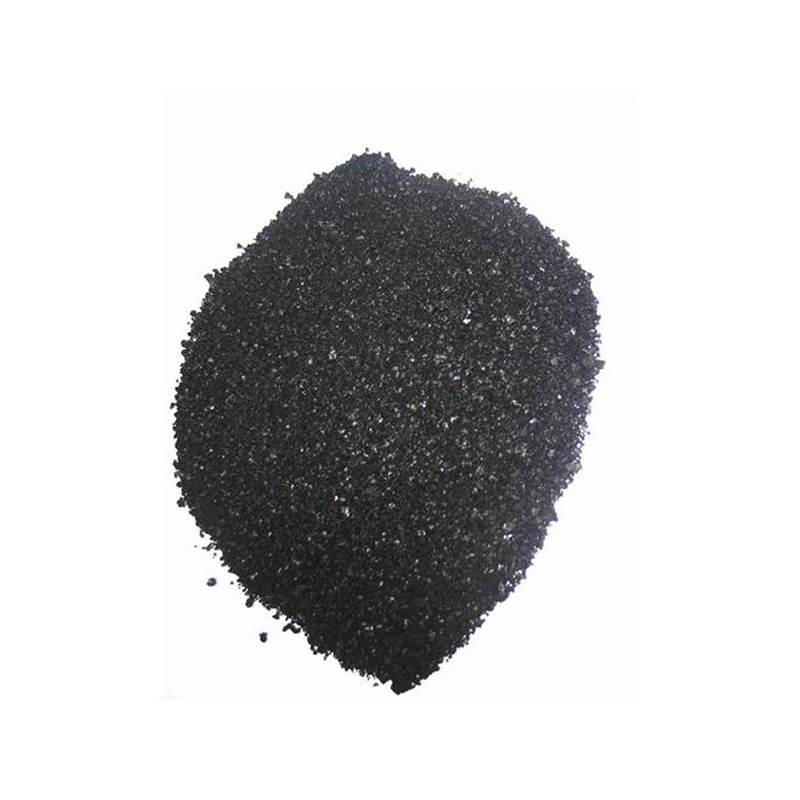indigo dye chemistry supplier
Indigo Dye Chemistry Suppliers A Deep Dive into the World of Natural Dyes
Indigo, one of the oldest and most revered dyes in the world, has a rich history that spans thousands of years. Derived from the plant Indigofera tinctoria, this vibrant blue dye has been a staple in textiles, art, and culture globally. With a revival of interest in natural dyes, due in part to the sustainable fashion movement, the role of indigo dye chemistry suppliers has become increasingly significant. This article explores the chemistry behind indigo, the suppliers who provide it, and the implications for sustainable practices in the dye industry.
The Chemistry of Indigo
The chemistry of indigo is both fascinating and complex. The compound itself is chemically known as indigotin, which has the molecular formula C16H10N2O2. Indigo is unique because it undergoes a reduction-oxidation process to become water-soluble. In its natural form, indigotin exists as a solid, while the reduced form, called leucoindigo, is soluble in water. This transformation is essential for dyeing fabrics.
The dyeing process typically begins with the fermentation of indigo leaves, which produces a solution of leucoindigo. When this solution is then introduced to air, it oxidizes, reverting to its insoluble form and bonding to the fibers of the material being dyed. This property makes indigo particularly useful for dyeing cotton and other plant-based fibers, as it provides a vibrant and long-lasting color that can withstand multiple washes.
The Role of Indigo Dye Chemistry Suppliers
The market for indigo dye is diverse, ranging from bulk production for large textile manufacturers to small batches for artisanal dyers. Indigo dye chemistry suppliers play a crucial role in this ecosystem by providing not only raw indigo but also innovative solutions for its application. Many suppliers focus on modeling their practices on sustainability, emphasizing eco-friendly methods of cultivation and extraction.
These suppliers often offer a variety of indigo products, including natural indigo powder, synthetic indigo, and pre-reduced indigo for easier use. Among suppliers, there is also a growing trend toward offering organic certifications, ensuring that the indigo is free of harmful chemicals and produced sustainably. This is vital as consumers increasingly demand transparency in sourcing and production processes.
indigo dye chemistry supplier

Furthermore, suppliers embrace advanced technologies and research in dye chemistry. They are continually developing novel techniques to improve the dyeing process, making it more efficient and reducing water and energy consumption. Innovations such as cold dyeing processes, which utilize lower temperatures, and waterless dyeing methods are becoming more prevalent. These advancements not only benefit manufacturers but also contribute positively to environmental sustainability.
Why Choose Natural Indigo?
Natural indigo has numerous advantages over synthetic alternatives. From an environmental perspective, natural dyes are biodegradable and less harmful to ecosystems. In contrast, synthetic dyes often require chemical treatments that can lead to toxic byproducts. Additionally, natural indigo is known for its unique depth of color and the way it ages, developing a patina that many artisans and consumers find desirable.
The appeal of natural indigo also extends to its cultural significance. Many artisans and craftspeople incorporate indigo dye in traditional practices that have been passed down through generations. Supporting indigo dye chemistry suppliers who focus on ethical and sustainable practices not only promotes environmentally responsible choices but also helps preserve cultural heritage.
The Future of Indigo Dye
As sustainable fashion continues to gain traction, the future of indigo dye is promising. Increased awareness of the environmental impact of fashion is driving both consumers and producers toward more sustainable practices. Indigo dye chemistry suppliers who adapt to this demand—whether through sourcing natural indigo, developing sustainable processes, or supporting local communities—will likely thrive in this evolving market.
In conclusion, indigo dye chemistry suppliers play a pivotal role in the textile industry, acting as vital links between traditional practices and modern sustainable methods. By understanding the chemistry of indigo, embracing sustainable processes, and catering to a growing market of eco-conscious consumers, these suppliers not only ensure the continuation of a rich cultural tradition but also contribute to a more sustainable future in fashion and textiles. Whether you are a large-scale manufacturer or a small artisan, the choice of indigo dye has never been clearer it is a step toward both creativity and consciousness in production.
-
The Timeless Art of Denim Indigo Dye
NewsJul.01,2025
-
The Rise of Sulfur Dyed Denim
NewsJul.01,2025
-
The Rich Revival of the Best Indigo Dye
NewsJul.01,2025
-
The Enduring Strength of Sulphur Black
NewsJul.01,2025
-
The Ancient Art of Chinese Indigo Dye
NewsJul.01,2025
-
Industry Power of Indigo
NewsJul.01,2025
-
Black Sulfur is Leading the Next Wave
NewsJul.01,2025

Sulphur Black
1.Name: sulphur black; Sulfur Black; Sulphur Black 1;
2.Structure formula:
3.Molecule formula: C6H4N2O5
4.CAS No.: 1326-82-5
5.HS code: 32041911
6.Product specification:Appearance:black phosphorus flakes; black liquid

Bromo Indigo; Vat Bromo-Indigo; C.I.Vat Blue 5
1.Name: Bromo indigo; Vat bromo-indigo; C.I.Vat blue 5;
2.Structure formula:
3.Molecule formula: C16H6Br4N2O2
4.CAS No.: 2475-31-2
5.HS code: 3204151000 6.Major usage and instruction: Be mainly used to dye cotton fabrics.

Indigo Blue Vat Blue
1.Name: indigo blue,vat blue 1,
2.Structure formula:
3.Molecule formula: C16H10N2O2
4.. CAS No.: 482-89-3
5.Molecule weight: 262.62
6.HS code: 3204151000
7.Major usage and instruction: Be mainly used to dye cotton fabrics.

